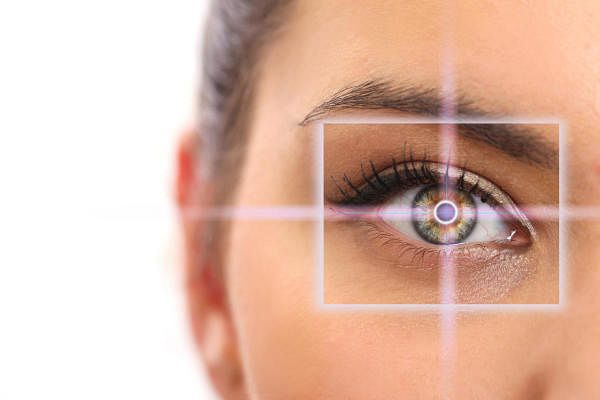
Researchers have developed novel contact lenses to help correct various forms of colour blindness, an advance that may lead to new clinical recommendations for the condition in which people have reduced ability to distinguish between certain colours.
In the study, published in the journal Optics Letters, the scientists incorporated ultra-thin optical devices known as metasurfaces into off-the-shelf contact lenses to correct deuteranomaly -- a form of red-green colour blindness.
According to the scientists, including those from Tel Aviv University in Israel, in deuteranomaly, the photoreceptor cells in the eyes' retinas responsible for detecting green light responds instead to light associated with redder colours.
"Problems with distinguishing red from green interrupt simple daily routines such as deciding whether a banana is ripe," said Sharon Karepov from Tel Aviv University in Israel, one of the co-authors of the study.
"Our contact lenses use metasurfaces based on nano-metric size gold ellipses to create a customised, compact, and durable way to address these deficiencies," Karepov said.
Based on simulations of colour vision deficiency, the scientists said that their new metasurface-based contact lens can restore lost colour contrast, and improve perception.
"Glasses based on this correction concept are commercially available, however, they are significantly bulkier than contact lenses," Karepov said.
"Because the proposed optical element is ultrathin and can be embedded into any rigid contact lens, both deuteranomaly and other vision disorders such as refractive errors can be treated within a single contact lens," she added.
The researchers used metasurfaces made of ultrasmall gold ellipses and transferred them onto the curved surfaces of contact lenses.
"We developed a technique to transfer metasurfaces from their initial flat substrate to other surfaces such as contact lenses," said Karepov.
"This new fabrication process opens the door for embedding metasurfaces into other non-flat substrates as well," she added.
When the scientists used a standard simulation of colour perception to quantify the deuteranomaly perception before and after introducing the metasurfaces, they found that the visual contrast lost due to colour-blindness was almost fully restored.
However, they said clinical testing is needed before the contact lenses could be marketed.